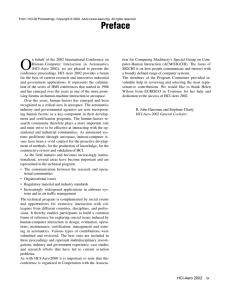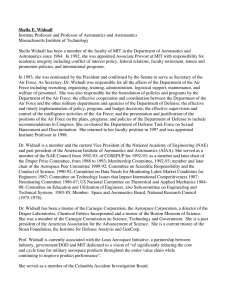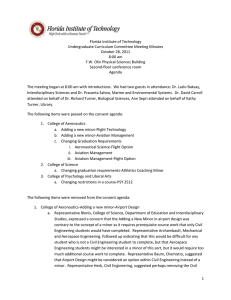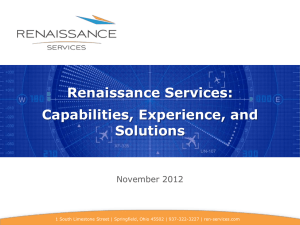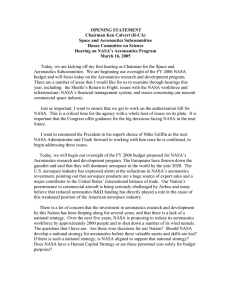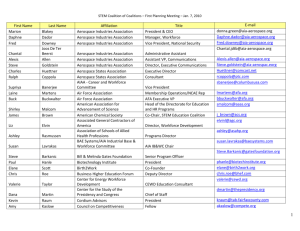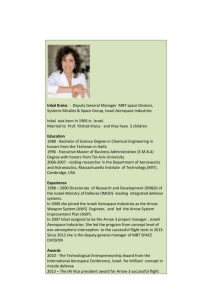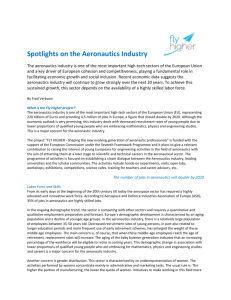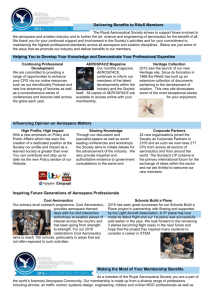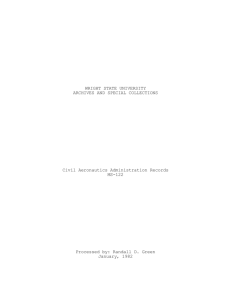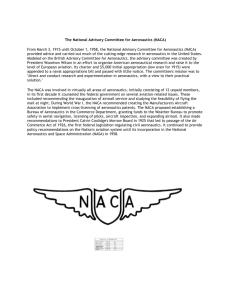AERONAUTICS Aerospace is the single largest contributor to a
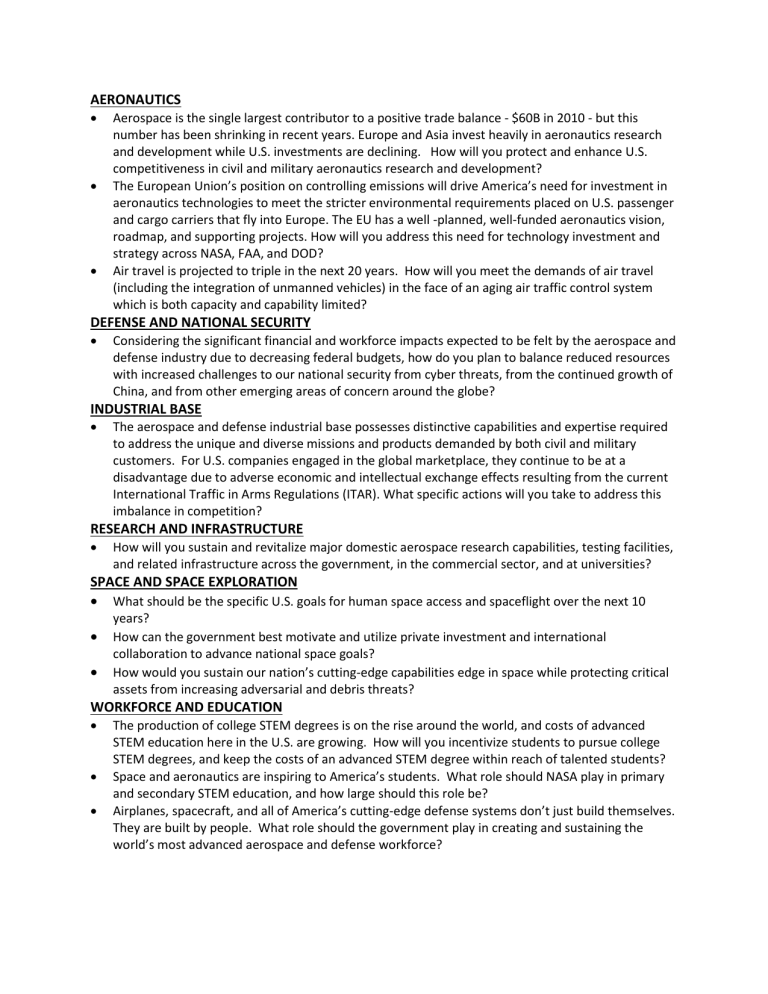
AERONAUTICS
Aerospace is the single largest contributor to a positive trade balance - $60B in 2010 - but this number has been shrinking in recent years. Europe and Asia invest heavily in aeronautics research and development while U.S. investments are declining. How will you protect and enhance U.S. competitiveness in civil and military aeronautics research and development?
The European Union’s position on controlling emissions will drive America’s need for investment in aeronautics technologies to meet the stricter environmental requirements placed on U.S. passenger and cargo carriers that fly into Europe. The EU has a well -planned, well-funded aeronautics vision, roadmap, and supporting projects. How will you address this need for technology investment and strategy across NASA, FAA, and DOD?
Air travel is projected to triple in the next 20 years. How will you meet the demands of air travel
(including the integration of unmanned vehicles) in the face of an aging air traffic control system which is both capacity and capability limited?
DEFENSE AND NATIONAL SECURITY
Considering the significant financial and workforce impacts expected to be felt by the aerospace and defense industry due to decreasing federal budgets, how do you plan to balance reduced resources with increased challenges to our national security from cyber threats, from the continued growth of
China, and from other emerging areas of concern around the globe?
INDUSTRIAL BASE
The aerospace and defense industrial base possesses distinctive capabilities and expertise required to address the unique and diverse missions and products demanded by both civil and military customers. For U.S. companies engaged in the global marketplace, they continue to be at a disadvantage due to adverse economic and intellectual exchange effects resulting from the current
International Traffic in Arms Regulations (ITAR). What specific actions will you take to address this imbalance in competition?
RESEARCH AND INFRASTRUCTURE
How will you sustain and revitalize major domestic aerospace research capabilities, testing facilities, and related infrastructure across the government, in the commercial sector, and at universities?
SPACE AND SPACE EXPLORATION
What should be the specific U.S. goals for human space access and spaceflight over the next 10 years?
How can the government best motivate and utilize private investment and international collaboration to advance national space goals?
How would you sustain our nation’s cutting-edge capabilities edge in space while protecting critical assets from increasing adversarial and debris threats?
WORKFORCE AND EDUCATION
The production of college STEM degrees is on the rise around the world, and costs of advanced
STEM education here in the U.S. are growing. How will you incentivize students to pursue college
STEM degrees, and keep the costs of an advanced STEM degree within reach of talented students?
Space and aeronautics are inspiring to America’s students. What role should NASA play in primary and secondary STEM education, and how large should this role be?
Airplanes, spacecraft, and all of America’s cutting-edge defense systems don’t just build themselves.
They are built by people. What role should the government play in creating and sustaining the world’s most advanced aerospace and defense workforce?
